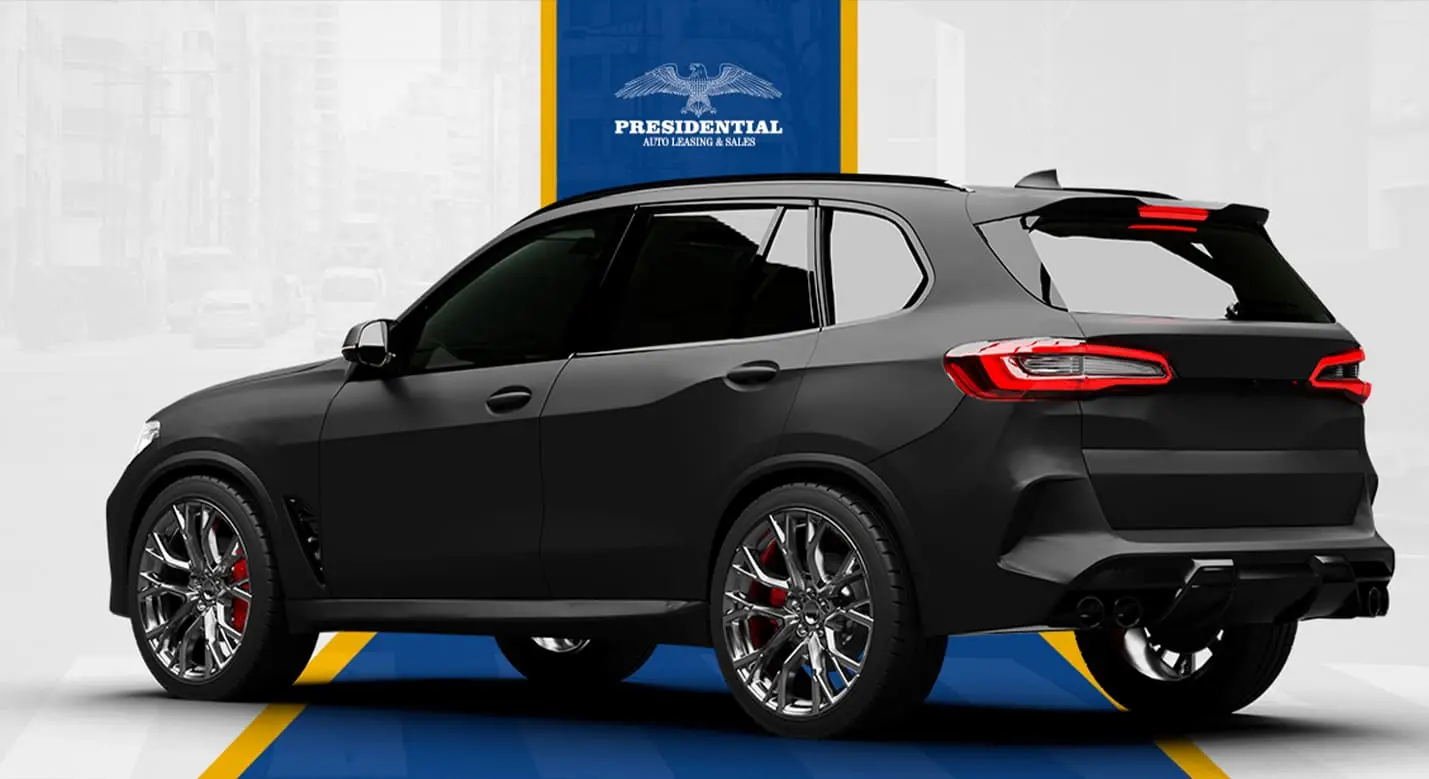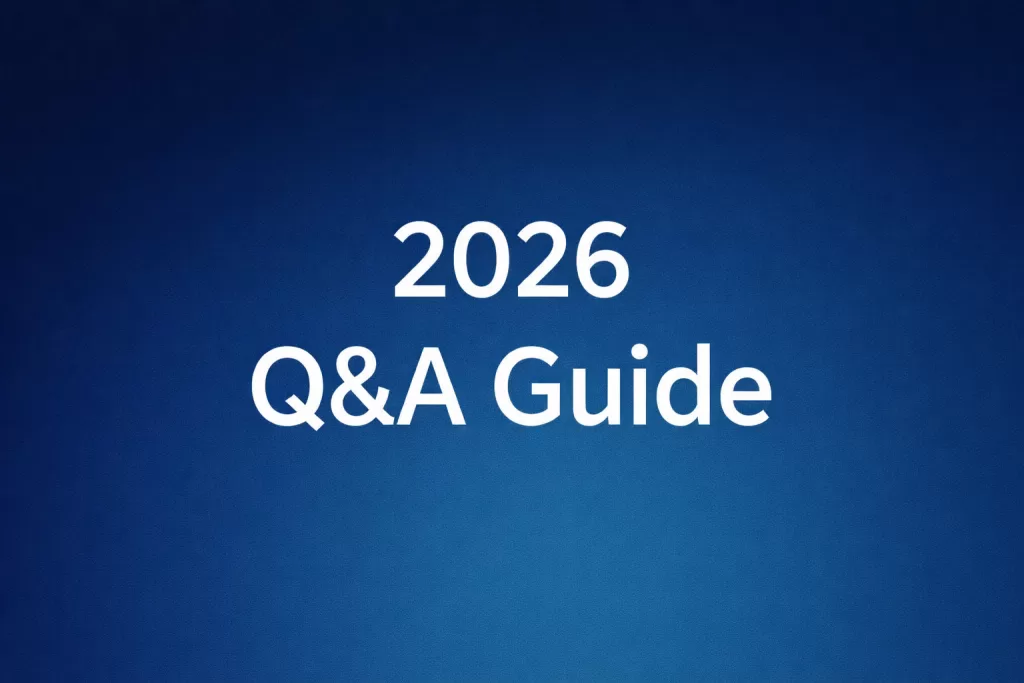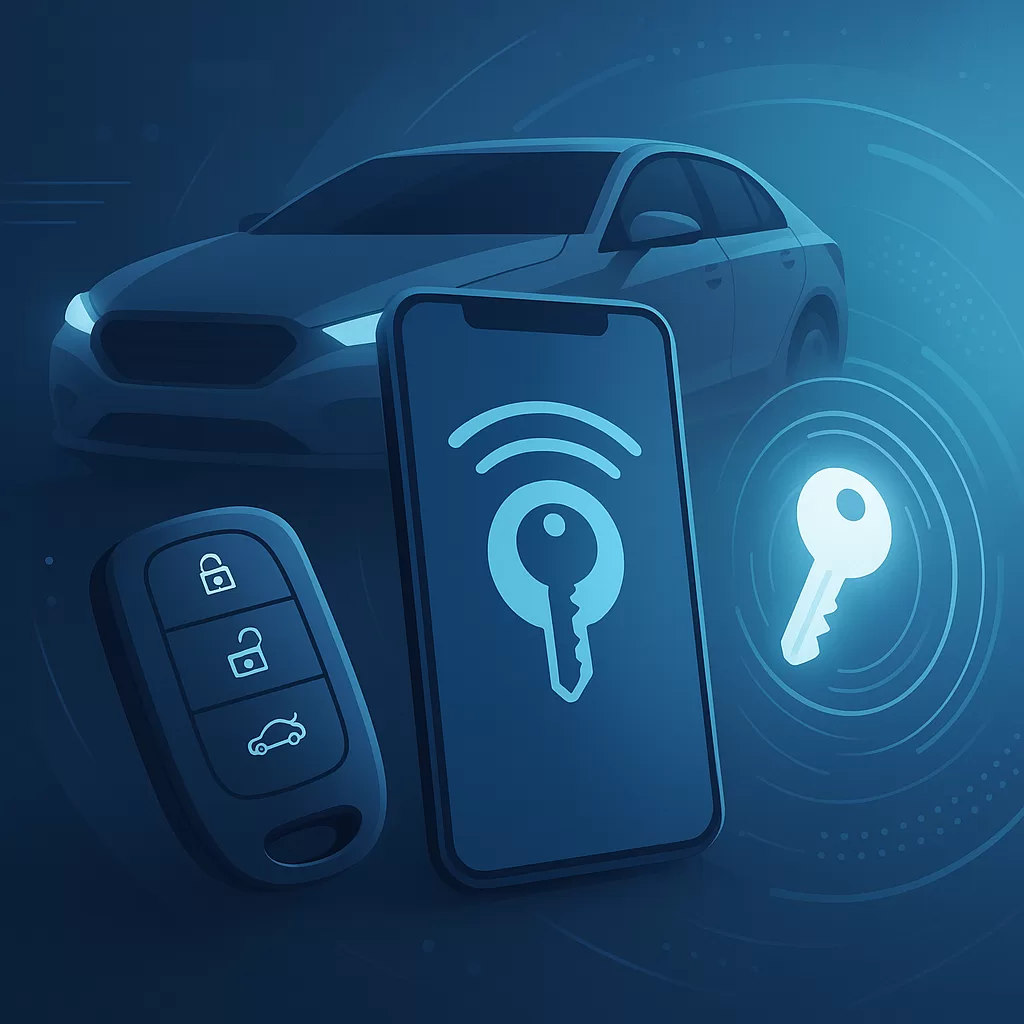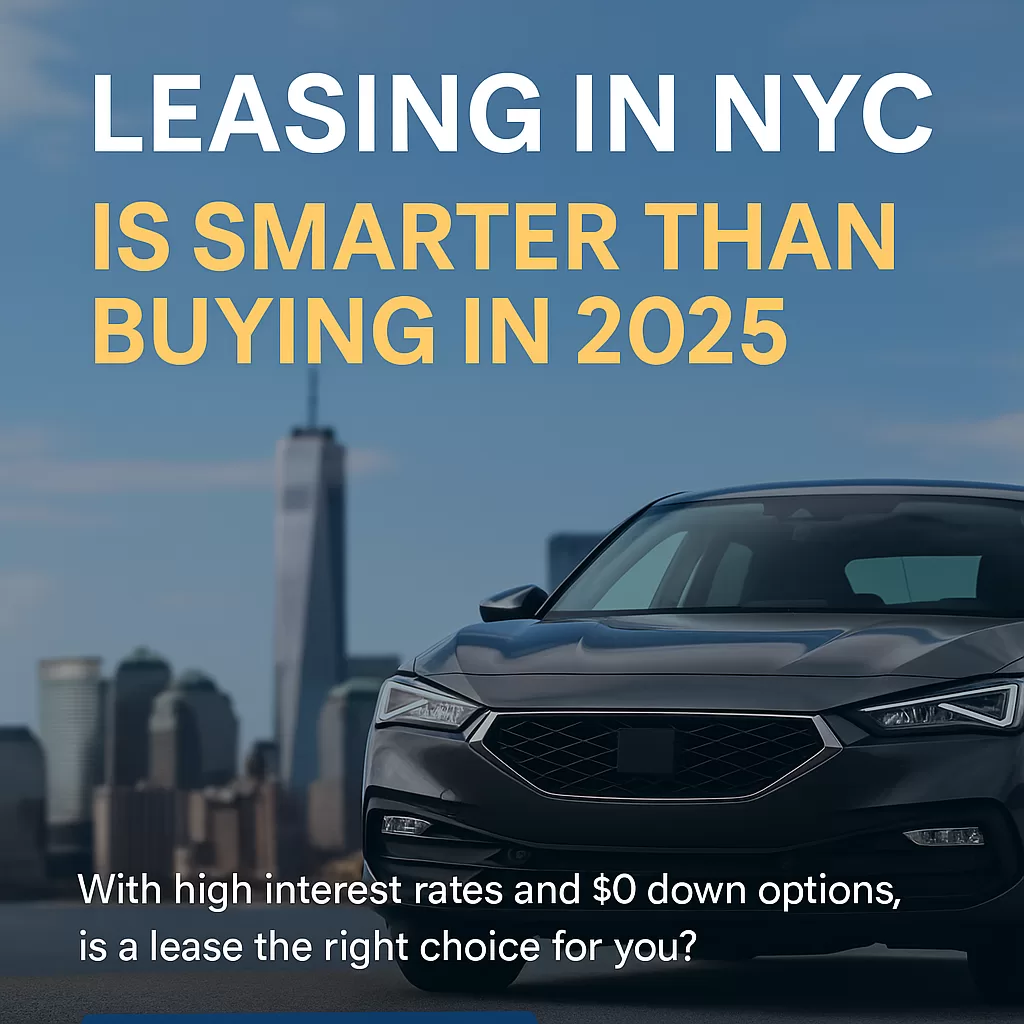Auto leasing has become an integral part of vehicle financing in the U.S., especially in states like New York. Leasing offers a unique alternative to outright vehicle purchase, allowing individuals and businesses to drive a car for a specified period in exchange for regular payments. With a focus on auto leasing services in New York, this blog post explores the legal framework, customer demographics, leasing processes, and emerging trends post-COVID, offering a comprehensive forecast for 2025.
1. Definition of Auto Leasing under NY Law
Auto leasing services refer to agreements where a lessor (leasing company or dealership) allows a lessee (individual or business) to use a vehicle for a fixed period, typically between 24 to 48 months. In New York, the vehicle lease is bound by state and municipal regulations to protect both the lessor and the lessee.
Under New York State law, leasing services are governed by the New York Vehicle and Traffic Law (VTL) Section 251, and consumer protection is reinforced by the Federal Consumer Leasing Act (CLA), ensuring transparency about leasing costs and terms. Additionally, the New York City Department of Consumer and Worker Protection (DCWP) imposes specific regulations to ensure fair practices and protect consumers from deceptive auto leasing deals.
In NYC, auto leasing agreements must clearly disclose the following:
- Monthly lease payments
- Total lease duration
- Mileage limits and fees for exceeding these limits
- Residual value of the vehicle
- Fees for early termination
New York laws also require lessors to offer lessees the option to purchase the leased vehicle at the end of the lease, making leasing an attractive option for those who may want to keep their vehicle longer term.
2. Prime Customers of the Auto Leasing Industry
The auto leasing industry serves a diverse range of customers, but some key segments dominate this market:
- Businesses. Small to medium-sized enterprises (SMEs) and larger corporations often lease vehicles for their fleets. Leasing helps businesses manage cash flow efficiently by avoiding the large upfront costs associated with purchasing vehicles outright. In New York, companies from logistics to tech often rely on leased vehicles for business operations.
- Young Professionals. Leasing offers younger, urban professionals the opportunity to drive new vehicles without the long-term financial commitment or depreciation worries of owning a car. With high living costs in cities like NYC, many young professionals prefer leasing a car for a few years and swapping it out for the latest model.
- Luxury Car Enthusiasts. Many New Yorkers use auto leasing services to afford high-end or luxury vehicles. Leasing allows drivers to access premium vehicles with lower monthly payments than an outright purchase.
- Ride-share Drivers. With the growth of Uber, Lyft, and other ride-sharing services in New York City, leasing companies have seen a surge in demand from drivers who prefer leasing cars for work.

3. The Auto Leasing Process
Leasing a car in New York typically follows a standardized process, though details may vary depending on the lessor and specific lease terms. Here’s a breakdown of the typical process:
- Choose a Vehicle. The first step is selecting the vehicle, whether it’s from a dealership or an auto leasing company. Companies often offer a range of vehicles, from economy models to high-end luxury cars.
- Negotiate Lease Terms. After choosing a vehicle, customers negotiate the lease terms. Important terms include:
- Monthly payment amount
- Lease duration (usually between 24-48 months)
- Annual mileage limits (typically 10,000 or 15,000 miles)
- Down payment amount (if any)
- Credit Check and Approval. The leasing company will perform a credit check to ensure the lessee is financially capable of making regular payments. Good credit typically results in lower payments or more favorable terms.
- Sign Lease Agreement. Once approved, the lessee signs a lease agreement, which legally binds both parties to the agreed terms.
- Take Delivery of the Vehicle. The customer can then take possession of the vehicle and use it for the agreed-upon lease term.
- End-of-Lease Options. At the end of the lease, the lessee can either return the car, extend the lease, or buy the vehicle at its residual value.
4. Post-COVID Auto Leasing Trends in New York
Decline and Recovery
According to statistics from the New York Department of Motor Vehicles (DMV), there was a sharp decline in auto leasing during the height of the pandemic in 2020, as many New Yorkers avoided unnecessary expenses due to economic uncertainty. Auto leasing deals dropped by approximately 30% in 2020 compared to 2019. This trend was exacerbated by supply chain disruptions, leading to a shortage of available vehicles for lease.
However, by late 2021 and into 2022, the market rebounded as consumers adapted to the new normal. Many residents, wary of public transportation due to health concerns, turned to auto leases as a safer travel alternative. This recovery was particularly strong in suburban regions outside NYC, where residents sought to avoid crowded public transport.
Demand for Shorter Lease Terms
Another trend that emerged post-COVID is the demand for shorter lease terms. New Yorkers have increasingly sought flexible lease terms ranging from 12-24 months, allowing them to remain adaptable in an uncertain economic climate.
Electric Vehicle (EV) Leasing Boom
The shift towards electric vehicles (EVs) has accelerated in the wake of the pandemic. In New York City, where environmental concerns are becoming more prominent, leasing companies have seen a significant uptick in demand for EVs. According to NYC Open Data, the registration of leased electric vehicles increased by 15% from 2021 to 2022, driven by state incentives and environmental consciousness.
5. Forecast for 2025
Rise in EV Leasing
By 2025, it’s forecasted that 40% of all leased vehicles in New York will be electric. This trend is driven by increasing environmental regulations, consumer demand for sustainable alternatives, and incentives like New York State’s EV tax credits. The state’s commitment to reaching its zero-emission vehicle goals by 2035 plays a key role in this trajectory.
Increasing Digital and Contactless Auto Leasing Options
COVID-19 accelerated the shift towards digital leasing platforms, where customers can complete the entire leasing process online. This trend is expected to grow, with more dealerships offering contactless leasing and home delivery services. By 2025, up to 30% of leases in New York may be initiated and completed entirely online.
Growth in Leasing Affordability Programs
In response to rising living costs and inflation, it’s expected that automakers and leasing companies will introduce more affordable lease deals and subscription models to attract cost-conscious consumers. Auto lease deals targeted at lower-income households will become a significant market sector.
Hybrid Working Model Impact
With remote and hybrid work models becoming more established, the demand for personal vehicles will remain robust, even in urban areas like NYC. Suburban commuters who work in a hybrid model will continue to lease vehicles for occasional trips to the office.
Conclusion
Auto leasing services in New York are evolving rapidly, shaped by legal frameworks, customer preferences, and post-pandemic trends. With a growing emphasis on electric vehicles, digital leasing solutions, and flexible terms, the market is poised for continued growth. By 2025, we expect to see significant shifts towards sustainability and affordability, further solidifying leasing as a preferred option for New Yorkers across diverse demographics.
As the industry adapts to new consumer demands and technological advancements, it presents new opportunities for customers seeking auto lease deals, ensuring that the option to lease a car remains a practical and attractive choice for many.
Disclaimer
The information provided on this website, including articles, images, statistics, and references, is intended for informational and educational purposes only.
Presidential Auto Leasing & Sales strives to ensure that all information is accurate and up to date at the time of publication. However, we make no guarantees regarding the completeness, reliability, or accuracy of any content.
This website and its content do not constitute financial or legal advice, nor do they represent an offer or commitment to lease, sell, or finance any specific vehicle. Lease terms, pricing, and incentives may vary by manufacturer, location, and credit approval.
All images used on this website are either:
Owned by Presidential Auto Leasing & Sales,
Licensed for commercial use, or
Used under fair use for commentary, education, or news reporting, with proper attribution when applicable.
If you believe that any image or material on this site infringes on copyright, please contact us immediately at info@presidnetialautony.com, and we will review and take appropriate action.
About Presidential Auto Leasing & Sales
Presidential Auto Leasing & Sales is a licensed automotive broker serving New York, New Jersey, Connecticut, and Pennsylvania. We specialize in new vehicle leasing, financing assistance, and personalized customer service. Our mission is to make car leasing simple, transparent, and affordable for every driver.
For more information, call us at (718) 313-0044.



